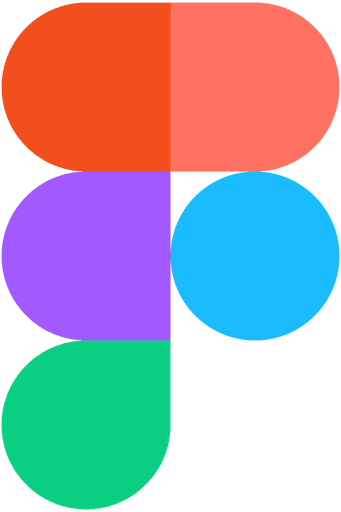Rescue


Workflow
Project vision
Process
What problem am I trying to solve?
Initial Research /Problem Validation
Why is this problem important?
What problem am I trying to solve?
Initial Research /Problem Validation
Why is this problem important?
85%
85%
45%
45%
Whose problem am I solving?
Primary and secondary research
- Take a Break Reminders
- Your Time Well Spent Dashboard
- Quiet Mode and Focus Mode
- Daily Time Limits
- App Limits and Downtime
- Third-party App Integration
- Resource Center for Well-being
- Emotional Well-being Tools
- Mental Health Support Resources
What is unintentional social media adherence?
- people are not aware of limits and tools available.
- users set time limits but its easy to bypass and it forms as a habit and leads to unintentional adherence.
- there is no one to monitor them as they are individuals between age 18-35 - thereby lack of external help and care monitoring.
Meta has technologies to entice, engage, and ultimately ensnare youth and teens," according to the complaint filed in the Oakland, California federal court. "Its motive is profit."
Children have long been an appealing demographic for businesses, which hope to attract them as consumers at ages when they may be more impressionable, and solidify brand loyalty.
For Meta, younger consumers may help secure more advertisers who hope children will keep buying their products as they grow up.
research has associated children's use of Meta's social media platforms with "depression, anxiety, insomnia, interference with education and daily life, and many other negative outcomes."
"Meta did not disclose that its algorithms were designed to capitalize on young users' dopamine responses and create an addictive cycle of engagement," the complaint said - Reuters
"If I can mitigate the early stages of unintentional adherence by enhancing tool accessibility and providing powerful resources to educate individuals on the prominent effects, it will empower them to become more aware of potential causes leading to habit formation. Subsequently, this can facilitate a shift towards healthy social media usage and a balanced lifestyle."
Problem #1 - Current tools are not efficient in providing digital well being for the focus group and its easy to by pass.
Problem #2 - effective methods to ease the problems of the focus group
Problem #3 - Less awareness and focused solution on the issues faced by the focus groups.

Problem statement
"If I can mitigate the early stages of unintentional adherence by enhancing tool accessibility and providing powerful resources to educate individuals on the prominent effects, it will empower them to become more aware of potential causes leading to habit formation. Subsequently, this can facilitate a shift towards healthy social media usage and a balanced lifestyle."
Problem #1 - Current tools are not efficient in providing digital well being for the focus group and its easy to by pass.
Problem #2 - effective methods to ease the problems of the focus group
Problem #3 - Less awareness and focused solution on the issues faced by the focus groups.

Problem statement
Tap to flip
Persona




User journey map

Ideation

Information architecture and user flows


Lo-fi prototypes

Prototypes and wireframes




























